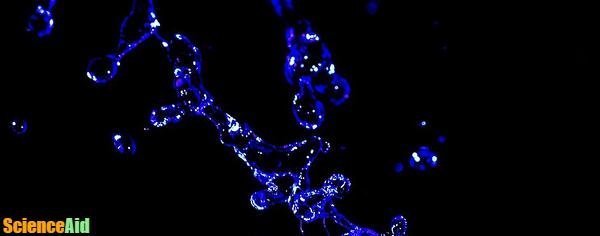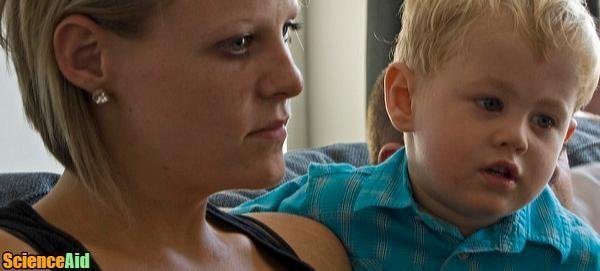Family DNA Testing
Edited by TPappin, Sharingknowledge, Jen Moreau
Ever been curious about your family roots and where you came from? Family DNA testing can help answer all the questions you may have! In today's day and age, doing this kind of research and obtaining quality results is a simple process, although it can be expensive in some cases.
DNA
Deoxyribonucleic acid. Deoxyribonucleic acid, or in simpler terms, DNA, can be found in every cell of a person's body, from their skin to their bones to their hair. DNA contains genetic information in not only humans but all other living organisms as well. DNA ultimately determines a person's eye color, personality traits and in some cases, can even detect the likelihood of developing certain disease or illnesses.
What is DNA Testing?
- 1A DNA test looks at several facets of a person's make-up, including ethnicity and genealogical relationships.What it looks at.Advertisement
- 2DNA testing is a powerful tool that is used in everyday scenarios such as criminal investigations, parental testing to determine whether someone is biologically related to a child, and even in genetic genealogy, allowing people to learn more about where they came from.Where they're used.
Different Types of DNA Testing
There are three different types of DNA testing that are regularly used and each type assesses a different part of a set of genes: Autosomal, Mitochondrial, and Y-DNA testing.
- 1Autosomal tests, also known as X-DNA tests, look at Chromosomes 1-22 (autosomes) and, as the name suggests, the X chromosome. These chromosomes are inherited from both parents and the most recent ancestors. If you want to learn more about your ethnicity, this is a great option for testing.Autosomal.
- 2Y-DNA testing looks at the Y Chromosome, as its name suggests. This chromosome is inherited from the father and passed on to a son. With that being said, this type of testing is only available to males and will assess the person's direct paternal line. This type of testing is not used for learning more about a person's ethnic background.Y-DNA.
- 3
Genetic Ancestry vs. Genetic Genealogy
- 1
- 2Genetic genealogy uses a person's DNA and compares it with genealogical records using extensive databases in order to identify potential matches. This type of testing is thought of as more reliable because of the additional information available.Genetic genealogy.
How to Test Online
There are several different sites across the web that offer DNA testing and genealogic information based on research. It's unlikely that all of them are reliable sources, however, there are many that have been successful for people across the globe.
- 1Based in the United States and officially established in 1996, Ancestry.com the largest for-profit genealogy company in the world. They have over two million subscribers who pay for their services and have provided access to over 16 billion records since their existence.Ancestry.com.
- 2Also based out of the United States, Family Tree DNA offers autosomal DNA, Y-DNA and mitochondrial DNA testing, all for genealogical purposes. Family Tree DNA (www.familytreedna.com) is a commercial genetic testing company and is an extremely popular source, specifically for Y-DNA and mitochondrial DNA testing. They will also offer to store a person's DNA sample to make future testing quick and easy.Family Tree DNA.
- 323andMe was founded in 2006 and is based out of the United States. The company name is 23andMe due to the 23 pairs of chromosomes in a single human cell. They offer genetic testing and in 2008, they were even named Invention of the Year by Time Magazine.23andMe.
The Science Behind It All
- 1Every online DNA test is going to be different, but the first step in any process should be to collect a person's DNA sample, which would typically be done by sending in a buccal swab (scraping the inside of a person's cheek). Other methods could include spit-cups, chewing gum or even visiting a clinic. From there, the sample will be sent to the lab.The first step.
- 2Your DNA sample will provide the lab with common connections you have to your family and ancestors. Next, let the family history research begin!Applying the DNA.
- 3Half of your DNA comes from your father and the other half comes from your mother. If you've opted for an autosomal DNA test, you will receive information based on your paternal and maternal direct lines. The genetic details you share with your parents, and they share with their parents, are what link us back to our ancestors who were born throughout history.Breaking it down.
- 4When a person submits a DNA sample, their test results are typically compared with other samples in the company's database. This can help identify family matches right off the hop. When it comes to Ancesty.com, there are over 700,000 differentiators that are examined and compared to every other sample on file. This allows the lab to detect similarities between any two people and the more similarities two people have, the more likely they are to be related in some way.Comparing DNA.
- 5After comparing DNA and compiling a list of potential matches, the samples are sorted based on probable relationships identified. From there, matches can be compared, contacted and/or simply reviewed.Sorting the matches.
Referencing this Article
If you need to reference this article in your work, you can copy-paste the following depending on your required format:
APA (American Psychological Association)
Family DNA Testing. (2017). In ScienceAid. Retrieved Apr 25, 2024, from https://scienceaid.net/Family_DNA_Testing
MLA (Modern Language Association) "Family DNA Testing." ScienceAid, scienceaid.net/Family_DNA_Testing Accessed 25 Apr 2024.
Chicago / Turabian ScienceAid.net. "Family DNA Testing." Accessed Apr 25, 2024. https://scienceaid.net/Family_DNA_Testing.
If you have problems with any of the steps in this article, please ask a question for more help, or post in the comments section below.
Comments
Article Info
Categories : Genetics
Recent edits by: Sharingknowledge, TPappin

















